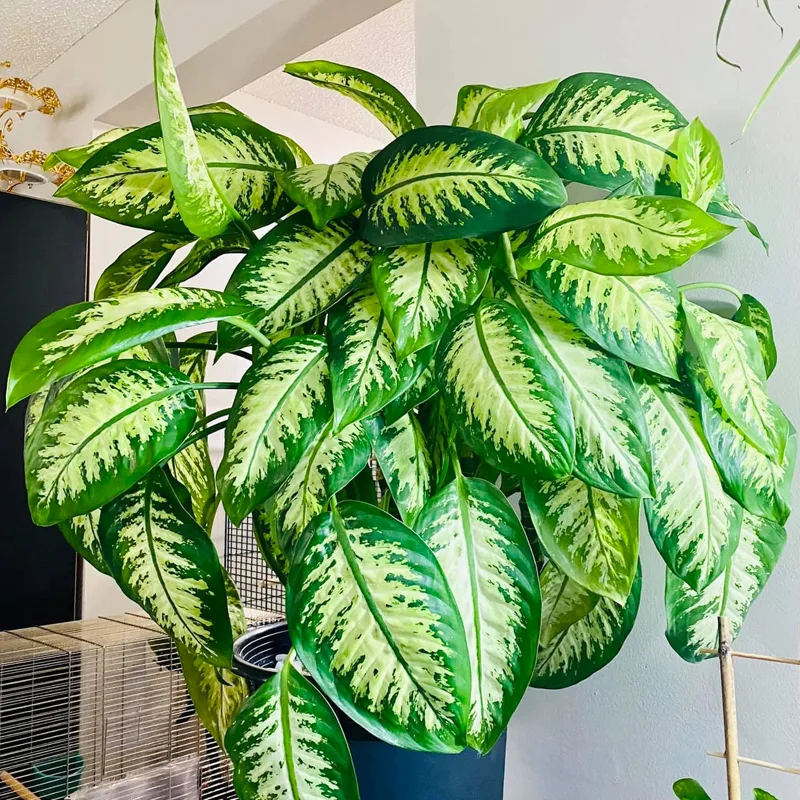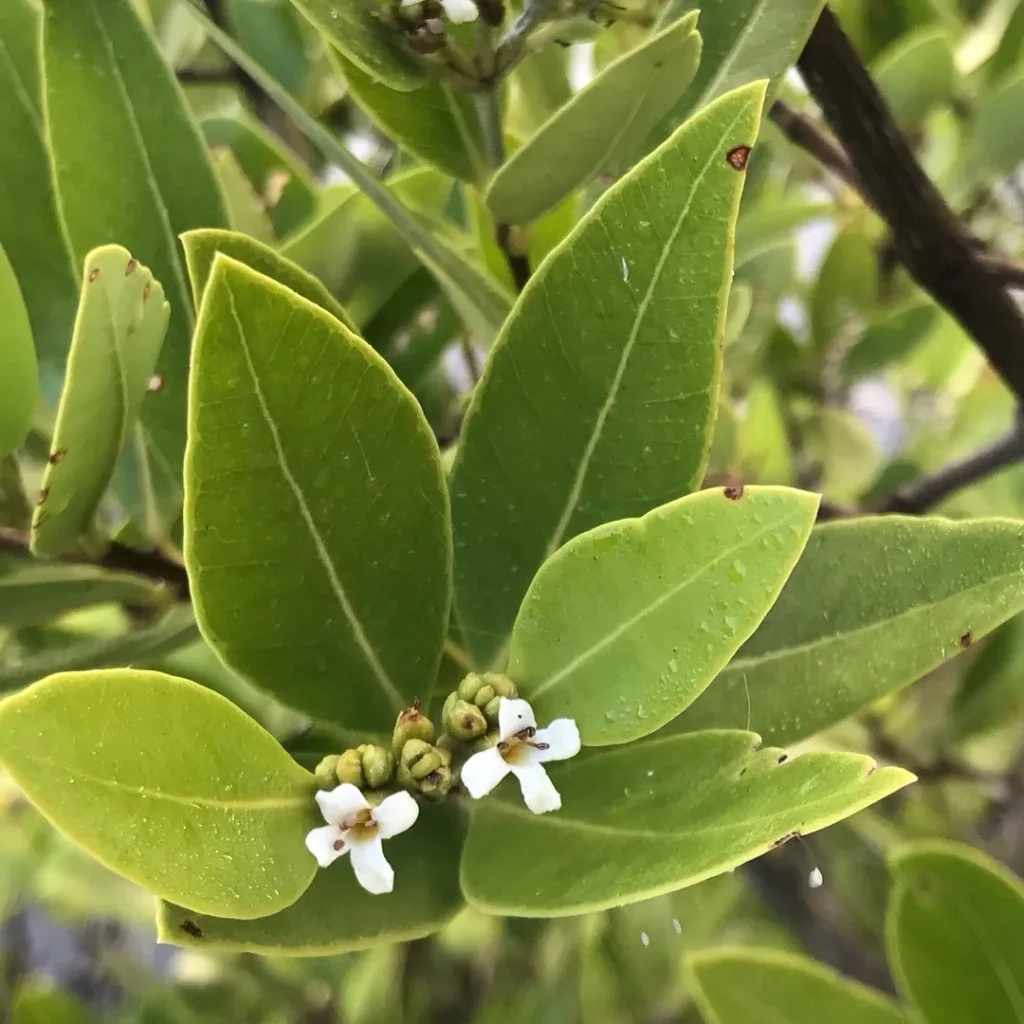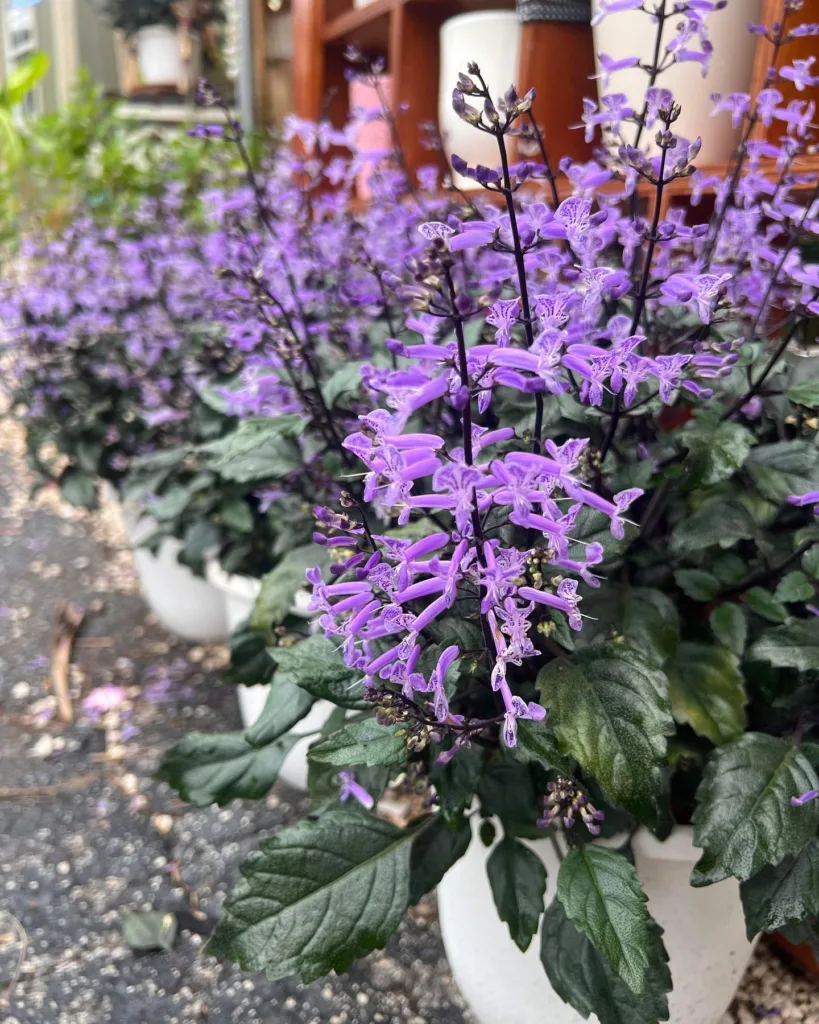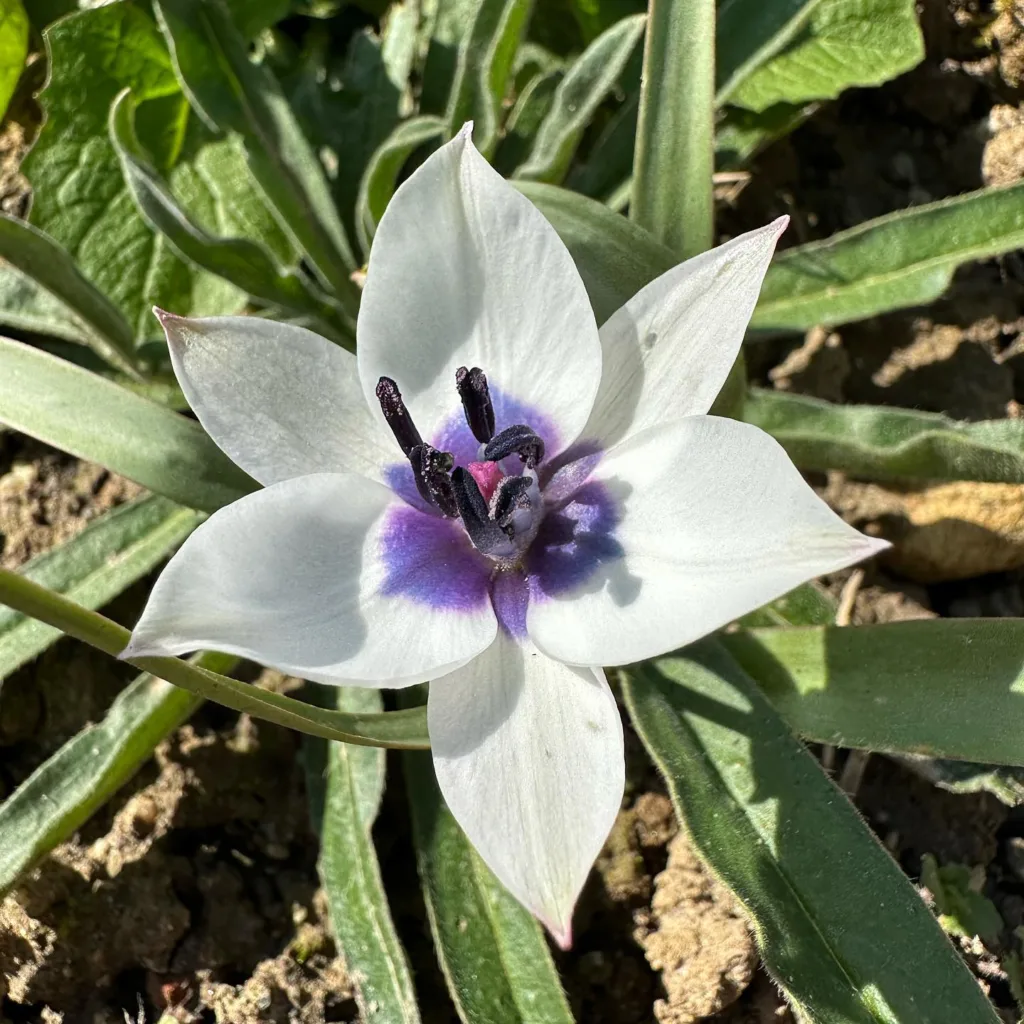Diving Deep with Najas: A Personal Exploration
Hi, I’m Ferb Vu, and today I’m taking you on a deep dive into the fascinating world of Najas, a genus of aquatic plants commonly known as water-nymphs or naiads. These submerged plants belong to the Hydrocharitaceae family, often overlooked in the aquatic landscape, play a vital role in freshwater ecosystems around the globe.
Understanding Najas
Najas species are typically found in still or slow-moving freshwater habitats, such as ponds, lakes, and streams. They are characterized by their slender, branching stems, which are often armed with minute spines. Their leaves are generally opposite or whorled, and they can be linear, lanceolate, or even toothed.
One of the most intriguing aspects of Najas is their reproductive strategy. These plants are often dioecious, meaning they have separate male and female plants. Their flowers are small and inconspicuous, and they are either solitary or borne in clusters. The fruits are also small and contain a single seed.
A Diverse Genus
The genus Najas is surprisingly diverse, with over 39 species recognized worldwide. Here are just a few examples:
- Najas flexilis (Slender Naiad): This species is widespread in North America and is characterized by its flexible stems and narrow leaves.
- Najas guadalupensis (Southern Naiad): This species is common in the southern United States and is known for its robust growth and tolerance of a wide range of water conditions.
- Najas marina (Holly-leaved Naiad): This species is found in both freshwater and brackish water habitats and is distinguished by its spiny leaves that resemble holly leaves.
- Najas minor (Brittle Naiad or Brittle Waternymph): This species is native to Europe and Asia but has become invasive in North America. It is known for its brittle stems and its ability to form dense mats that can outcompete native plants.
- Najas affinis Rendle
- Najas ancistrocarpa A.Braun ex Magnus
- Najas arguta Kunth
- Najas australis Bory ex Rendle
- Najas baldwinii Horn
- Najas brevistyla Rendle
- Najas browniana Rendle
- Najas canadensis Michx.
- Najas chinensis N.Z.Wang
- Najas conferta (A.Braun) A.Braun
- Najas filifolia R.R.Haynes
- Najas gracillima (A.Braun ex Engelm.) Magnus
- Najas graminea Delile
- Najas grossareolata L.Triest
- Najas hagerupii Horn
- Najas halophila L.Triest
- Najas heteromorpha Griff. ex Voigt
- Najas horrida A.Braun ex Magnus
- Najas indica (Willd.) Cham.
- Najas kurziana Rendle
- Najas madagascariensis Rendle
- Najas major All.
- Najas malesiana W.J.de Wilde
- Najas oguraensis Miki
- Najas pectinata (Parl.) Magnus
- Najas pseudogracillima L.Triest
- Najas rigida Griff.
- Najas schweinfurthii Magnus
- Najas tenuicaulis Miki
- Najas tenuifolia R.Br.
- Najas tenuis Magnus
- Najas tenuissima (A.Braun ex Magnus) Magnus
- Najas testui Rendle
- Najas welwitschii Rendle
- Najas wrightiana A.Braun
Ecological Importance
Though often unnoticed, Najas species play a crucial role in their respective ecosystems. They provide habitat and food for a variety of aquatic organisms, including fish, invertebrates, and waterfowl. They also help to oxygenate the water and improve water quality.
In some cases, Najas species can become overly abundant, leading to problems such as clogged waterways and reduced oxygen levels. However, in balanced ecosystems, they are a valuable component of the aquatic flora.
Conservation Concerns
While some Najas species are widespread and abundant, others are rare and threatened. Habitat loss, water pollution, and the introduction of invasive species are some of the main threats facing these plants.
Conservation efforts for Najas species often focus on protecting and restoring their natural habitats. This can involve measures such as controlling pollution, managing water levels, and removing invasive species.
My Personal Fascination
My interest in Najas stems from a lifelong fascination with aquatic ecosystems. I’ve always been drawn to the hidden world beneath the water’s surface, and Najas plants, with their delicate forms and vital ecological roles, perfectly embody this hidden beauty.
I believe that understanding and appreciating these plants is essential for the conservation of freshwater ecosystems. By learning more about Najas and their importance, we can help to protect these valuable plants for future generations.
If i die, water my plants!



